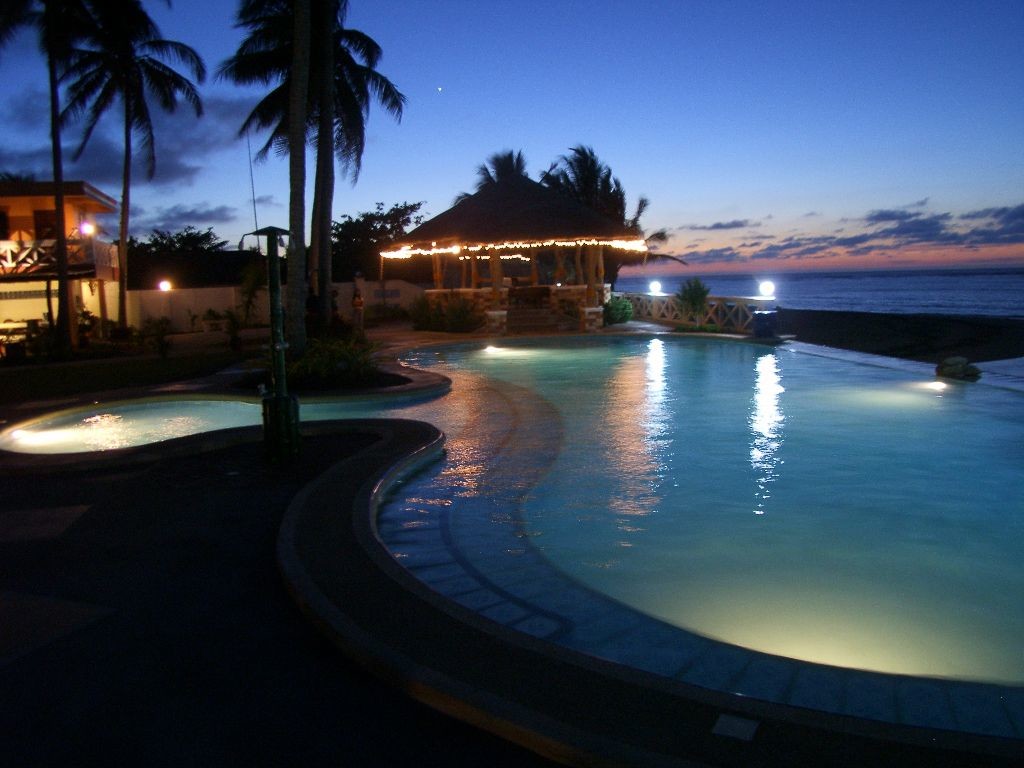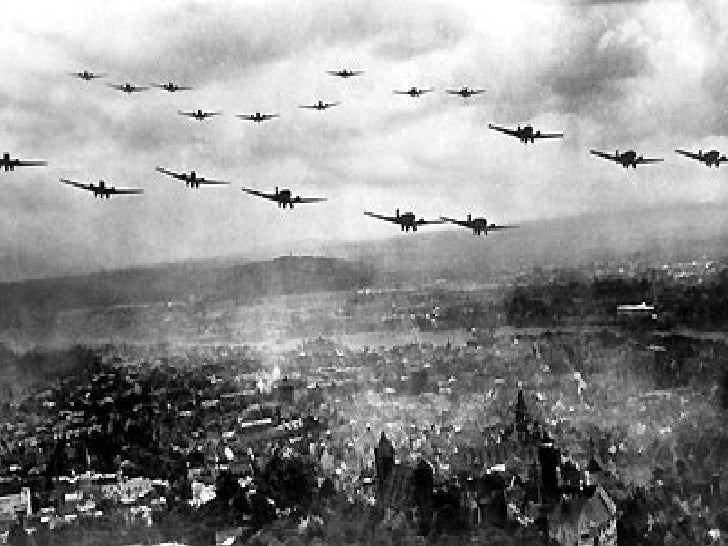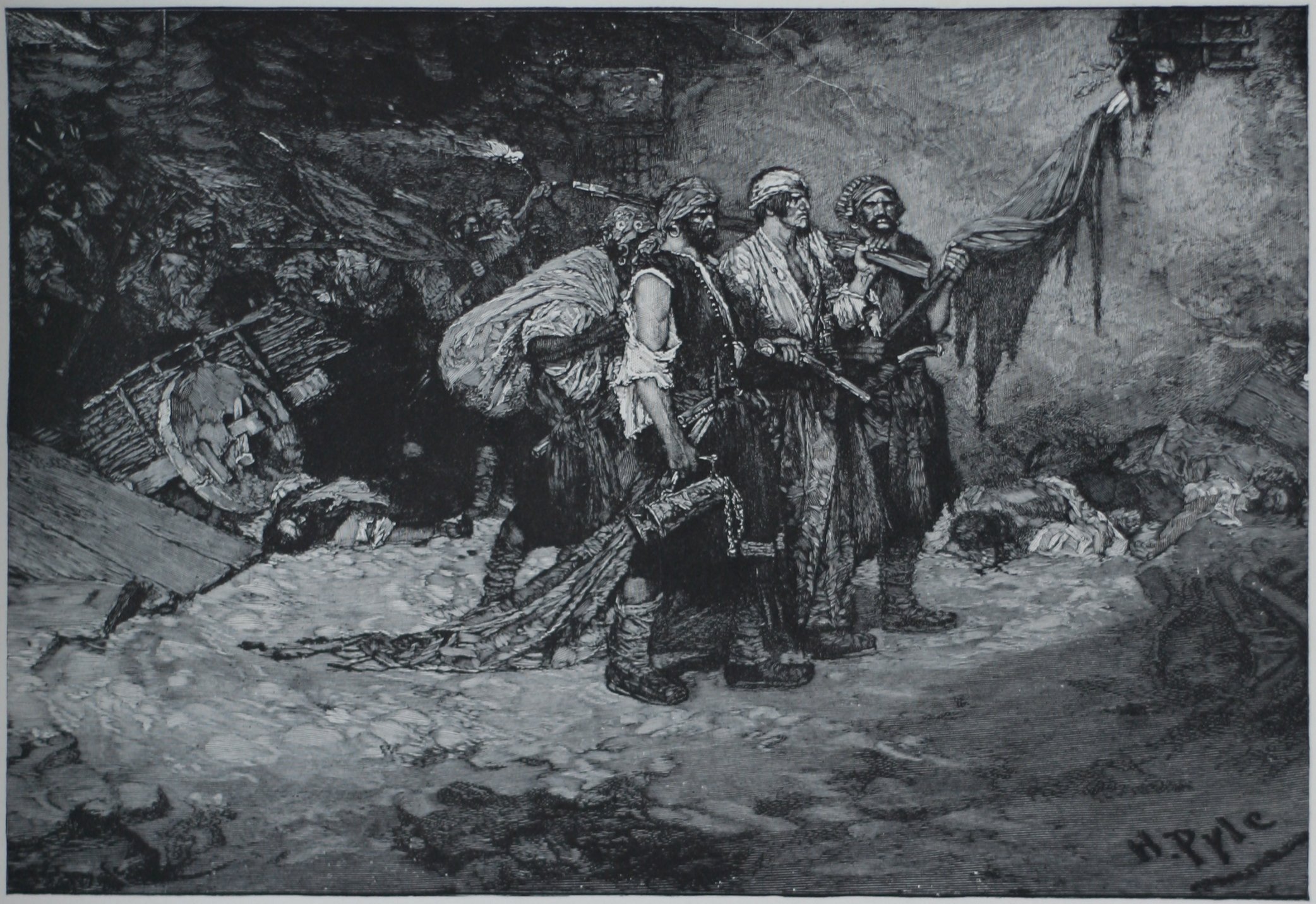Treasures of Bolinao - from it's colorful History to a Paradise
Bolinao, a municipality in Northern Pangasinan, the name derived from the name of a tree with colorful flowers that once abound in the area is now not only known for fish but for tourist spots, history and treasures.
As a result of an uprising in tourism industries in Bolinao, the once sleepy coastal barangays in Arnedo, Balingasay, Ilog Malino and Patar are suddenly transform into popular tourist haven with the establishments of many resorts that sprouted like mushrooms in the area.
El Pescador Resort & Hotel and Sundowners Villa which are located near the Poblacion are world-class tourist havens, frequented not only by domestic tourists but by those from other countries as well.
Binabalian, a barangay in Santiago Island, an island part of Bolinao, was once the center of the town but because it was frequently attacked by sea pirates and the populace had found it quite difficult to escape the attackers, the center of the town was transferred to its present site in the mainland.
The names of two barangays in this municipality, Brgy. Pilar in the Santiago Island and Brgy. Zaragoza in the mainland are derived from the name of a Catholic Saint. Nuestra Seniora del Pilar de Zaragoza. It is for this reason these two barangays hold patron saint fiesta at the same date.
Barangay Estanza in the upland part of the municipality of Bolinao, according to historical account, was once a camp of Spaniards which later on developed into a center of trade and settlement; hence the name Estanza which means center.
In barangay Pilar, a place called Pabrica is called such because some Katipunero once fabricate weapons in the place to use against the Spaniards.
Recently, the story of Saint Odorico of Italy, who according to account held a mass in Santiago Island, long before Magellan held a mass in Limasawa, could possibly change a long-held historical fact. If the first account is true the first Catholic mass was held in Santiago Island not in Cebu and that the Italians were the one who conducted the first catholic mass in the Philippines not the Spaniards. Many more stories of this kind is circulate every now and then.
True or not, these things lend great interest to tourists to visit the municipality of Bolinao.
But a great stories that captured the imaginations and interest of many people is the stories of many hidden World War II treasures in Bolinao.
In 1945, after a great naval victory in Leyte, which result in now famous McArthur landing in Leyte, they made also his landing at Lingayen. Accordingly the landing area extend from Lingayen Beach to Bonuan Beach. It was really not known where he actually disembark or what warship he was with the American troops. A fierce naval battle between the American and the Japanese forces proceeded the landing. Bolinao was in Lingayen area that planes of both the Japanese and Americans hovered in the skies.
Before the final battle that finally liberate the Philippines from the Japanese, there are many Japanese soldiers in the area. In Pilar, a contingent of Japanese soldiers encamped in the area in the place where Pilar National High School is now situated. The place is a perfect place to turn into a camp because of its high elevation.
According to my father, when they were small kids, there were big elongated steel boxes enough for a person to stay, already in stage of decomposition found in the area. According to old folks, these served as guardhouse of Japanese sentries. The Japanese civilians were also with the soldiers. Two wooden boats manned by Japanese civilian were anchored at Balimbuaya, a village at Pilar. The Japanese also established camp in the area where Pilar National High School is now situated. When American warplanes began to fly above the area the Japanese covered the ships with branches of trees to make them appear to be a part of a forest but the American warplanes detected them and bomb them to pieces.
With the overwhelming sea and air power of the U.S, the Japanese soldiers mixed themselves with the civilians to keep them from being strafe from above.
But the exciting story according to my great grandfather is that a days before the Lingayen landing, the Japanese were reported to be transporting something heavy and bulky into the camp. Ordinarily they let the civilians do the transporting of supplies, but this time only the Japanese do the transporting themselves. As it was dark and the civilian were afraid of the Japanese, no one among the local populace really try to know what that thing was.
A few days afterward, the U.S. warplanes bombed the camp. The Japanese soldiers to keep away from being strafe have no other recourse but to mix with the civilians. A contingent of U.S. soldiers also reached the area. The two Japanese wooden ships manned by Japanese civilians anchored at Balimbuaya were also bombed.
The Japanese frantically covered them with branches of trees to make them appear to be a part of a forest before the aerial attack but were detected and bombed. Their remnant can be seen during low tide before but now they cannot be seen anymore.
After the war, the question on what was the thing that the Japanese soldiers transported into their camp excite the imaginations of many people. Some surmised maybe it were bullets or bombs or weapons. Some day, they were treasures and were buried somewhere in the place.
In response to the second speculation, several groups had conducted treasure-hunting operation in the area when it was not yet donated to be school site but by the look of it no one found the gold. Whether there were treasures or not no one really knows except by those people who actually buried the gold if ever they are still alive at this time.
Despite the modern gadgets that were have now in detecting buried treasures it seems that nothing can really validate and confirm the existence of these.
If they are not in Pilar, they might be somewhere in other part of Bolinao.
Disclaimer: The site don't claim any of the images used in this blog. All photos credits to the owners












Comments
Post a Comment